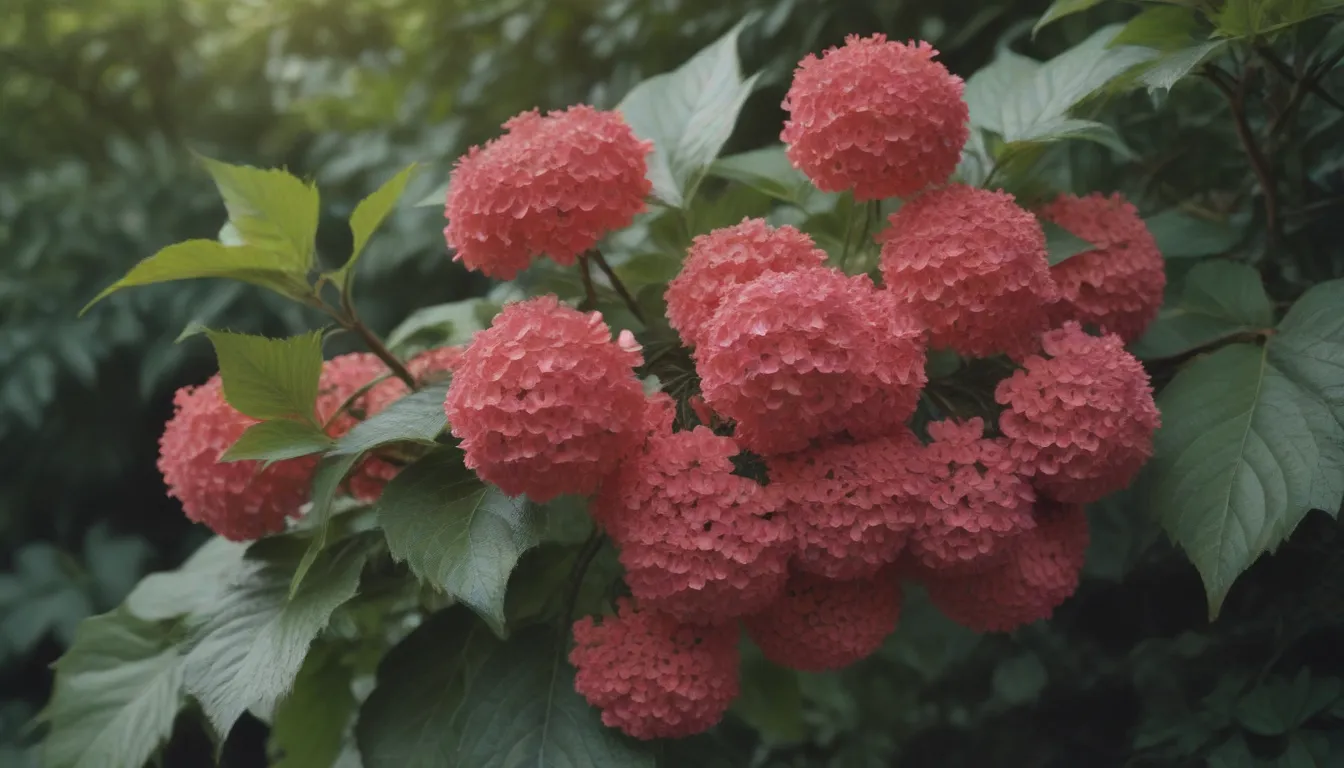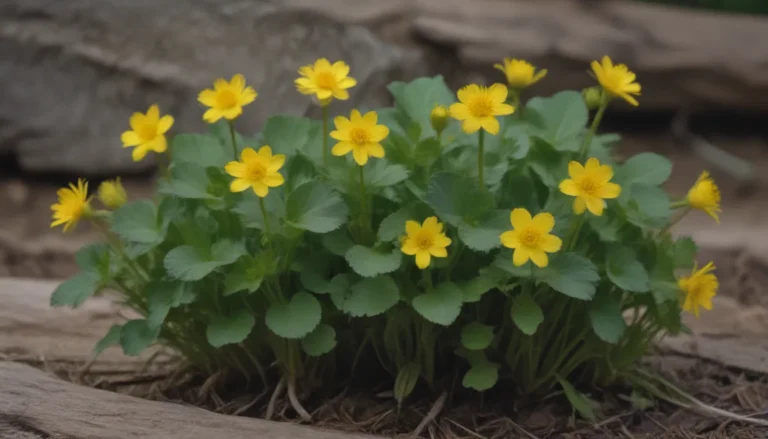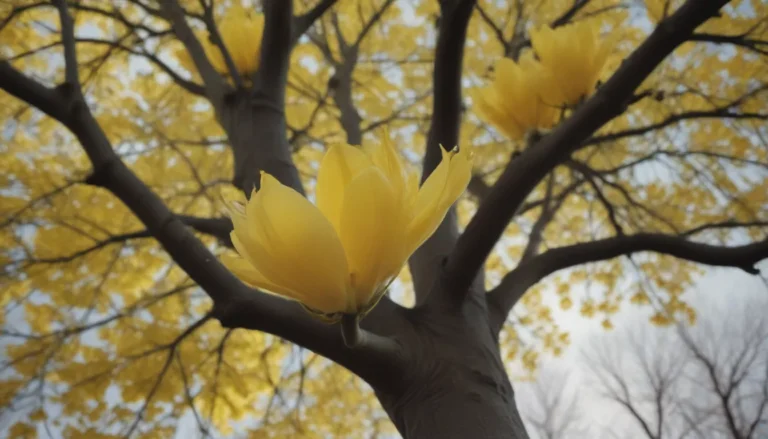Comprehensive Guide on How to Plant, Grow, and Care for Viburnum

Viburnums are a staple in many gardens, known for their beautiful flowers, attractive fruit, and outstanding fall foliage. With a wide variety of cultivars available, there is a viburnum suitable for every garden. Whether you are a seasoned gardener or a beginner, viburnums are a great choice due to their versatility and ease of care. In this comprehensive guide, we will cover everything you need to know about planting, growing, and caring for viburnums to ensure they thrive in your garden.
Benefits of Growing Viburnum
Viburnums offer a plethora of benefits to your garden, making them a popular choice among gardeners. Some of the key benefits of growing viburnum include:
- Beautiful flowers that bloom from early spring through June
- Attractive fruit that adds visual interest to the plant
- Outstanding fall foliage that provides vibrant colors in autumn
- Versatility as they can be grown as shrubs or small trees
- Low maintenance requirements once established
- Drought tolerance in native varieties
Viburnum Care Tips
When it comes to caring for viburnums, there are a few key considerations to keep in mind to ensure your plants thrive. Here are some tips for proper care of your viburnums:
Planting
- Dig a hole as deep as the container and twice as wide for planting.
- Gently remove the plant from the container and place it in the center of the hole.
- Backfill the hole halfway, add water, then fill the hole completely.
- Add a 2-inch layer of mulch after planting to help the soil retain moisture.
Light
- Viburnums prefer full sun but can tolerate part shade.
- Some afternoon shade is desirable in warmer zones to prevent sunburn.
Soil
- Viburnums prefer moist, well-drained soil.
- They do not like to have their roots sitting in water.
- Most varieties can tolerate slightly acidic soil, but some can also thrive in alkaline soil.
Water
- Water deeply once a week, either through rainfall or irrigation.
- Established shrubs have good drought tolerance.
Temperature and Humidity
- Viburnums prefer moderate conditions, but their preferences vary depending on the species.
- Extremes in temperature may require additional watering or protection.
Fertilizer
- Apply a balanced, time-release fertilizer in spring following the product label instructions.
- Established shrubs usually do not require additional feeding.
Types of Viburnum
Viburnums come in a variety of types, including deciduous, semi-evergreen, and evergreen varieties. Each type offers unique characteristics and can thrive in different environments. Here are some popular varieties of viburnum:
Deciduous Viburnum Varieties
- ‘Swamp-haw viburnum’
- ‘Hobblebush’
- ‘Nannyberry’
- Korean spice viburnum
Evergreen Viburnum Varieties
- David viburnum
- ‘Spring Bouquet’
- ‘Emerald Lustre’
- Walter’s viburnum
Pruning Viburnum
Proper pruning of viburnums is essential to maintain their shape and promote healthy growth. Here are some tips for pruning viburnums:
- Trim leggy shoots in early summer to maintain the shrub’s form.
- Prune after the bloom period since viburnum blooms on old wood.
- Remove broken, dead, or diseased branches promptly.
- Tree forms may require additional pruning to achieve the desired shape.
Propagating Viburnum
You can propagate viburnum from softwood or hardwood cuttings. Here’s how to propagate viburnum:
Softwood Cuttings
- Take softwood cuttings from healthy plants in spring or early summer.
- Plant the cuttings in a well-draining soil mix and keep them moist until roots develop.
Hardwood Cuttings
- Take hardwood cuttings from mature plants in winter.
- Plant the cuttings in a well-draining soil mix and keep them protected until roots develop.
Common Pests and Diseases
While viburnums are generally low-maintenance plants, they can still be susceptible to pests and diseases. Here are some common issues to watch out for:
Pests
- Viburnum leaf beetle can cause significant damage to the plant.
- Remove egg-infested leaves and encourage predatory insects for natural pest control.
- Avoid synthetic pesticides that can harm beneficial insects.
Diseases
- Fungal diseases like powdery mildew and downy mildew can affect viburnums.
- Maintain good airflow around the plant to prevent fungal infections.
- Treat affected plants with fungicides and remove infected parts promptly.
How to Encourage Viburnum Blooming
If your viburnum is not blooming as expected, there are a few steps you can take to encourage blooming:
- Ensure the plant receives enough sunlight.
- Avoid overwatering to prevent root rot.
- Limit nitrogen fertilizer to promote blooming.
- Avoid trimming during dormancy to preserve bloom-producing buds.
Troubleshooting Common Problems
While viburnums are relatively low-maintenance plants, they can still encounter issues that need attention. Here are some common problems and how to address them:
Black Spots or White Growth on Leaves
- Fungal diseases like powdery mildew can cause black spots or white growth.
- Avoid overhead watering and treat affected plants with fungicides.
- Remove and destroy infected parts to prevent the spread of the disease.
Stunted or Yellow Leaves
- Armillaria root rot can cause stunted or yellow leaves.
- Look for white fungal growth under the bark to confirm the diagnosis.
- Remove and discard the plant if the trunk is affected by the disease.
Dead, Wilted, and Discolored Leaves
- Canker, a fungal problem, can cause dead and discolored leaves.
- Restore the plant’s health to help it fight off the disease.
- Provide proper care and stress reduction to aid recovery.
Conclusion
In conclusion, viburnums are versatile and beautiful plants that can enhance any garden. By following the tips and guidelines outlined in this comprehensive guide, you can ensure your viburnums thrive and continue to bring beauty to your outdoor space. Whether you are a beginner or an experienced gardener, viburnums are a great choice due to their adaptability and low maintenance requirements. So, plant, grow, and care for viburnums with confidence, and enjoy the beauty they bring to your garden!





